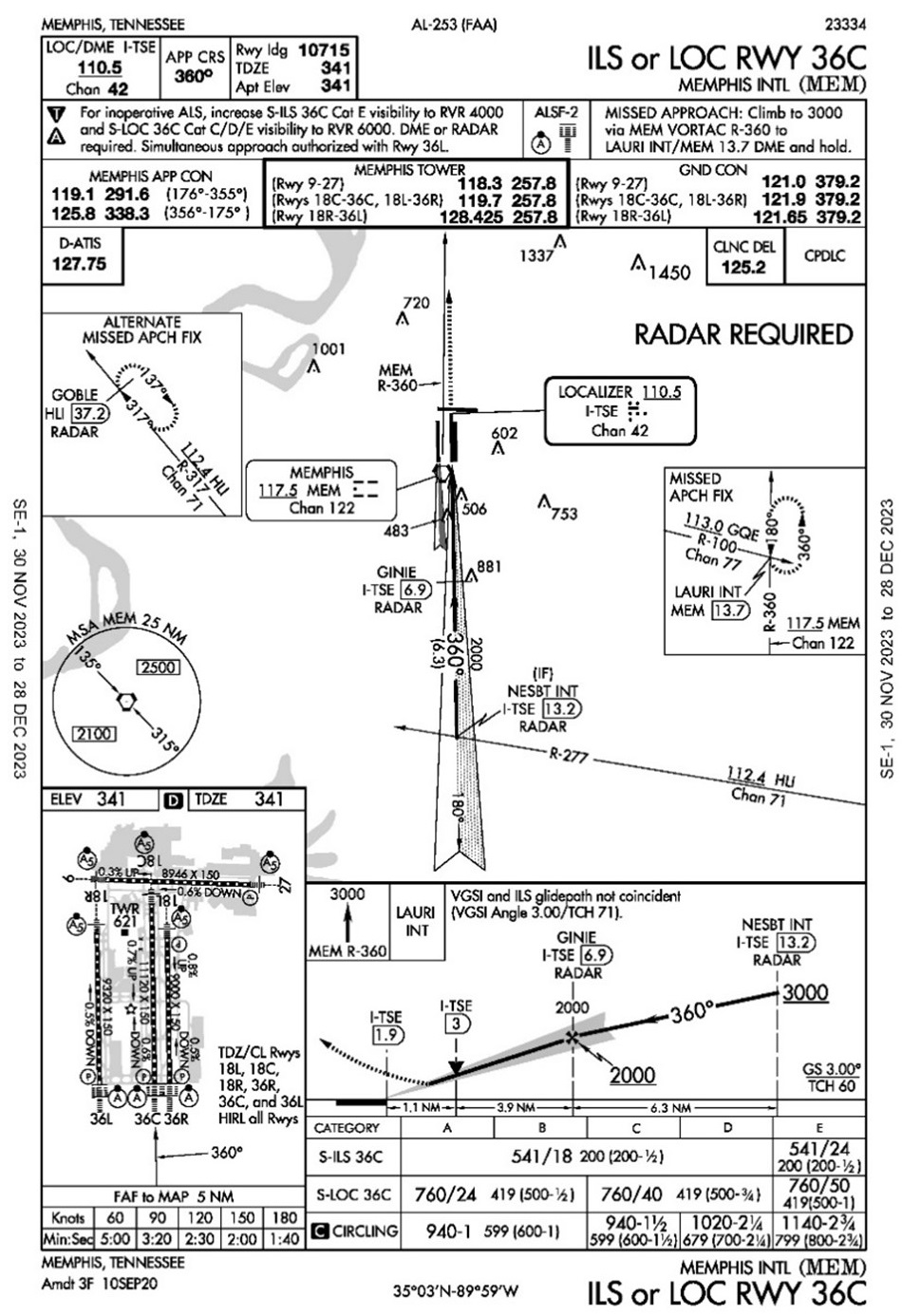by Reuben Jonker, Inspector, Air Navigation Standards, Civil Aviation, Transport Canada
As we move toward implementation of the new approach ban regulations, NAV CANADA has an indispensable role. This article will explain the important role of NAV CANADA in the collaborative effort to facilitate the introduction of the new regulations. One of their significant contributions is the updating and improving of charted visibility on Canadian instrument approach procedures.
Charted visibility is an important concept that is the focus of the approach ban safety initiative. The safety rationale behind this is explained in Why We Need to Act Now: The Compelling Safety Case and Being Led Down the Garden Path: Understanding the Human Factors Contributing to Low Visibility Approach Accidents, which also appear in this issue of the Aviation Safety Letter (ASL).
To support the introduction of the new approach ban regulations and a prescriptive charted visibility, Transport Canada has improved the criteria used to determine the charted visibility. These updated criteria more accurately reflect the minimum visibility necessary for the pilot to safely continue the descent (below DA, DH or MDA) to a landing.
These improved criteria are found within the manual entitled Criteria for the Development of Instrument Procedures (TP 308) and considers numerous factors of the approach and landing environment in determining the charted visibility. Some of these factors include decision height/height above the touchdown zone elevation, approach type and approach characteristics (e.g., alignment), runway and approach lighting, runway certification and runway level of service.
As Canada’s Air Navigation Service Provider, responsibility for updating charted visibilities affected by the new TP 308 criteria resides with NAV CANADA. The charted visibility for each individual instrument approach procedure will need to be assessed by a procedure designer to determine if a change is needed. If an amendment is required, NAV CANADA will need to modify the approach procedure chart to reflect the new visibility value. All of this represents a significant amount of work, and NAV CANADA will be leveraging new procedure design technology to streamline the process.
The new TP 308 criteria also introduces an improvement applicable to CAT I approach procedures to runways that are currently equipped with touchdown zone lighting (TDZL) and runway centreline lighting (CL). Currently, instrument landing system (ILS) and localizer performance with vertical guidance (LPV) approach procedures to CAT I minima have charted visibilities of runway visual range (RVR) 2600. With the new TP 308 criteria, these approach procedures will qualify for a charted visibility minima of RVR 1800 when both TDZL and CL exist for the runway. There are 15 runways, spread across the country, that will benefit from this improvement.
CAT I instrument approach procedures with a charted visibility of RVR 1800—for runways that are equipped with TDZL and CL—will be publicly available (i.e., they will be published in the Canada Air Pilot and will not require specific approval). These new instrument approach procedures will facilitate increased capacity for these runways. This will benefit the aerodrome operators as well as air operators by safely maximizing aerodrome flow, thereby minimizing costly delays (holding fuel, missed connections, etc.). These changes will also bring Canada into alignment with the International Civil Aviation Organization (ICAO) Standards and will harmonize with the other countries, such as the United States, which also have CAT I instrument approach procedures with RVR 1800.
Instrument approach procedure courtesy of United States Federal Aviation Administration
Not for navigation
In addition, there are other instrument approach procedures that will provide additional operational flexibility. These are described in the article Looking to the Future: Enhanced Flight Vision Systems and Other New Technologies Enabling All-Weather Operations, which also appears in this issue of the ASL.
Transport Canada and NAV CANADA share the goal of having as many approach procedures assessed—and amended, if necessary—by the time the new regulations come into force. Transport Canada has suggested that priority be given to the approach procedures serving the 15 runways having both TDZL and CL to allow for the public use of these instrument approach procedures.
By working collaboratively, Transport Canada and NAV CANADA are striving to ensure an efficient and seamless implementation of this important safety initiative.
Reuben Jonker is an inspector in Air Navigation Standards with a focus on aeronautical information and flight procedure design. He holds an Airline Transport Pilot Licence. Prior to his time at Transport Canada, Reuben worked 18 years at NAV CANADA as a flight procedure designer. He is a graduate of the University of Waterloo, recipient of a Governor General’s Academic Medal, and twice national winner of NAV CANADA’s President’s Award for Outstanding Achievement.
